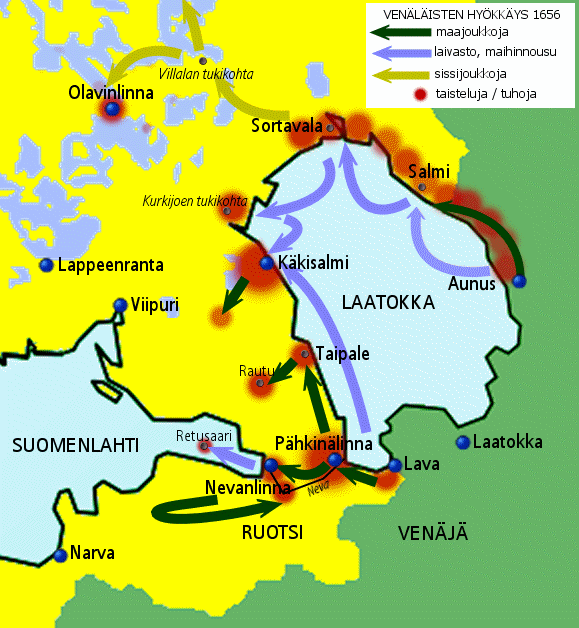|
Siege Of Riga (1710); Rīgas Aplenkums (1710)
{{Disambiguation ...
Siege of Riga may refer to: *Siege of Riga (1621) * Siege of Riga (1656) * Siege of Riga (1700) * Siege of Riga (1710), culminating in the Capitulation of Estonia and Livonia *Siege of Riga (1812) The siege of Riga was a military operation during the Napoleonic Wars. The siege lasted five months from July – December 1812, during which the left flank of Napoleon's "Great Army" (''Grande Armée, La Grande Armée'') tried to gain a favorab ... [...More Info...] [...Related Items...] OR: [Wikipedia] [Google] [Baidu] |
Siege Of Riga (1621)
The siege of Riga ( Swedish: ''Belägringen av Riga''; Polish: ''Oblężenie Rygi'') was a successful Swedish siege of Riga during the Polish–Swedish War (1621–1625). It led to the capture of the city, and subsequently sent shockwaves through Europe. Background In 1621, the king of Sweden, Gustavus Adolphus, declared that the previously signed truce between Sweden and the Polish–Lithuanian Commonwealth was void. At the time, the Commonwealth was at war with the Ottoman Empire regarding Moldavia, and with Gustavus' reforms in the Swedish army, he was ready to deploy his armies into Livonia once again. Swedish forces The Swedish army and fleet consisted of the following: Ground forces * 9 regiments of infantry * 10–11 cavalry companies * 56 cannons Sea forces * 106–109 transport vessels * 25–30 warships * 17 smaller ships * 9 "hunters" Prelude Despite the Swedish fleet being dispersed and interrupted by a storm, it managed to set out on 3 August, sailed ... [...More Info...] [...Related Items...] OR: [Wikipedia] [Google] [Baidu] |
Siege Of Riga (1656)
The siege of Riga by the Russian army under Tsar Alexei Mikhailovich was the main event of the Russo-Swedish War. The fortifications of Riga consisted of a wall with ditch and 5 bastions around the old town. In 1652 Swedes had started construction of a new wall with 12 bastions around suburbs, but by 1656 the work had not been completed. The Russian vanguard consisting of the Vladimir v. Vizin reiters, Daniel Krafert infantry and Iunkmann dragoons approached Riga on August 20 and threw back the Swedes under count of Pärnu, Heinrich von Thurn into the city. Von Thurn was either killed, or captured in the action. The Swedes evacuated the suburbs and withdrew to the old town. A few days later, the main army under Tsar Alexei Mikhailovich arrived on the ships on the Duna River, and laid siege to Riga. The Russian army occupied three camps, two on the east bank of the Duna in Riga's suburbs, and a Corps under Ordyn-Nashokin on the west bank of the Duna, opposite the Kobrun entrenc ... [...More Info...] [...Related Items...] OR: [Wikipedia] [Google] [Baidu] |
Siege Of Riga (1700)
The sieges of Riga were two sieges which took place on February 22 and June 15, 1700, in RigaTucker, S.C., 2010, A Global Chronology of Conflict, Vol. Two, Santa Barbara: ABC-CLIO, LLC, during the Great Northern War. The Swedish garrison of about 4,000 men under the command of Erik Dahlberg successfully repulsed the Saxons until the main Swedish army under Charles XII of Sweden arrived to sweep the Saxons away in the Battle of Riga which ended the period of sieges for the year. The successful attempt to take the city from Sweden was made in the siege of Riga (1710) by the Russians under Peter the Great. Background In August 1698, Augustus II, ruler of the Polish-Lithuanian Commonwealth, and Peter I, Tsar of Russia, met in the town of Rava-Ruska (in present-day Western Ukraine) and agreed that Sweden must be stripped of its Baltic provinces: Livonia and Estonia would go to Poland-Lithuania, while Ingria and Karelia would go to Russia. Later, the Denmark-Norway union also ... [...More Info...] [...Related Items...] OR: [Wikipedia] [Google] [Baidu] |
Siege Of Riga (1710)
With the Capitulation of Estonia and Livonia in 1710 the Swedish dominions Estonia and Livonia were integrated into the Russian EmpireLuts (2006), p. 159 following their conquest during the Great Northern War.Frost (2000), p. 294 The Livonian nobility and the city of Riga capitulated on 4 July ( O.S.)Luts (2006), p. 160 / 15 July 1710 ( N.S.),Bushkovitch (2001), p. 294 Pernau (Pärnu) in August, and the Estonian nobility and the city of Reval (Tallinn) on 29 September ( O.S.)Luts (2006), p. 161 / 10 October ( N.S.). Russia left the local institutions in place and confirmed the traditional privileges of the German nobles and burghers as was established in Privilegium Sigismundi Augusti, especially with respect to the Protestant faith. The land reform of the so-called reduction which had been introduced by the Swedish king Charles XI, and transformed many serfs to subjects of the Crown, was reversed. The Swedish Empire formally accepted the capitulations in the Treaty of Nysta ... [...More Info...] [...Related Items...] OR: [Wikipedia] [Google] [Baidu] |


